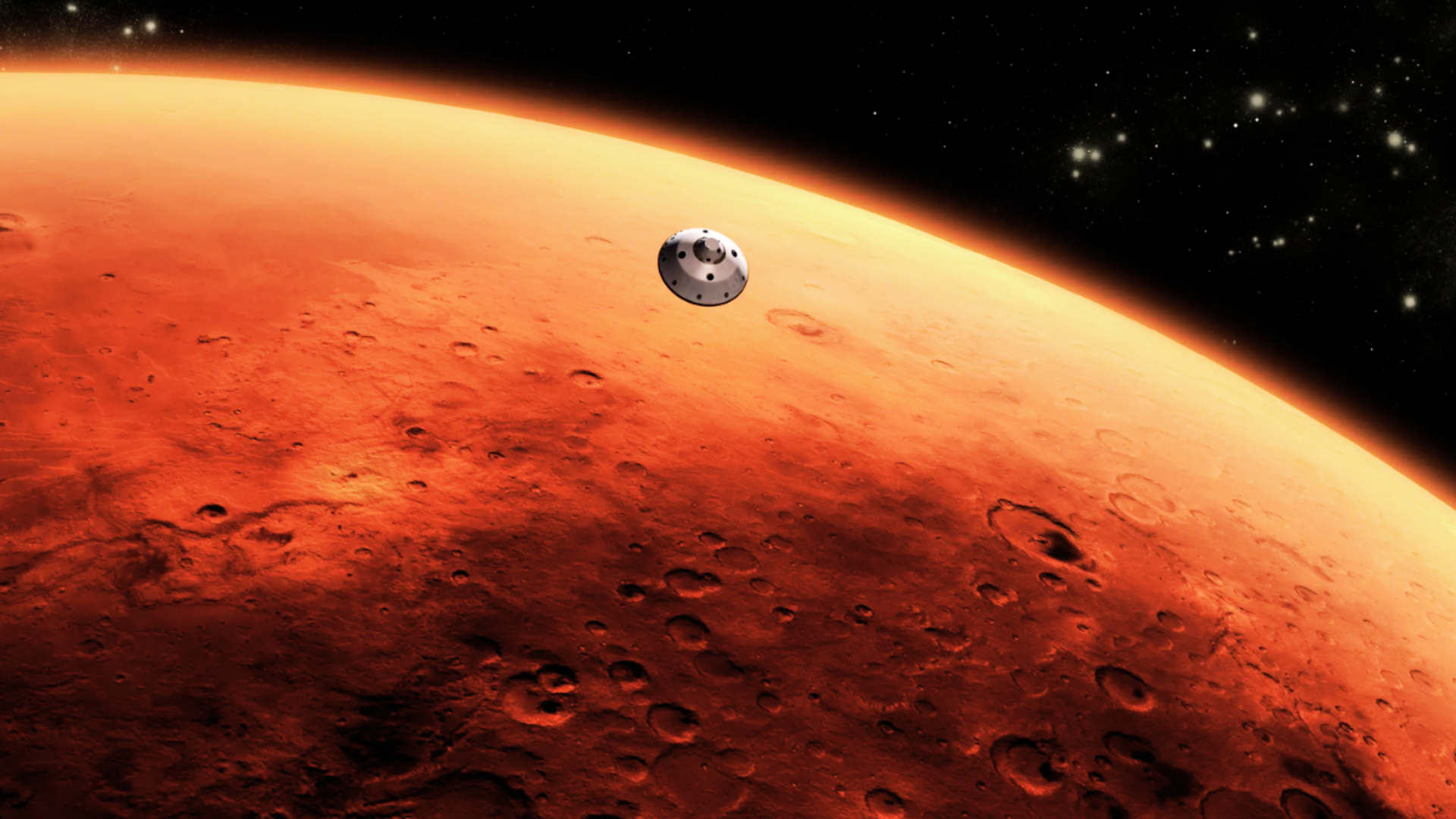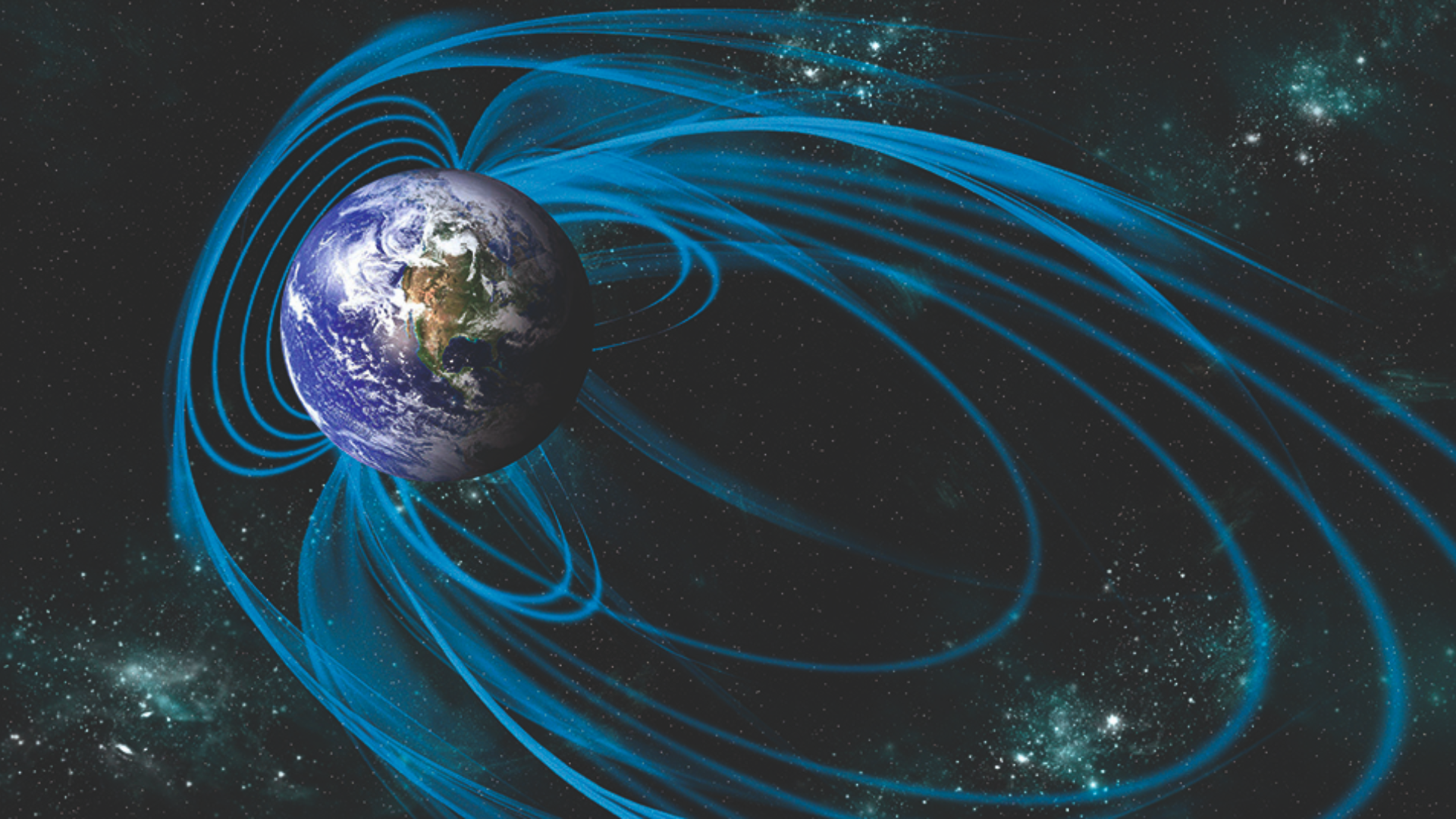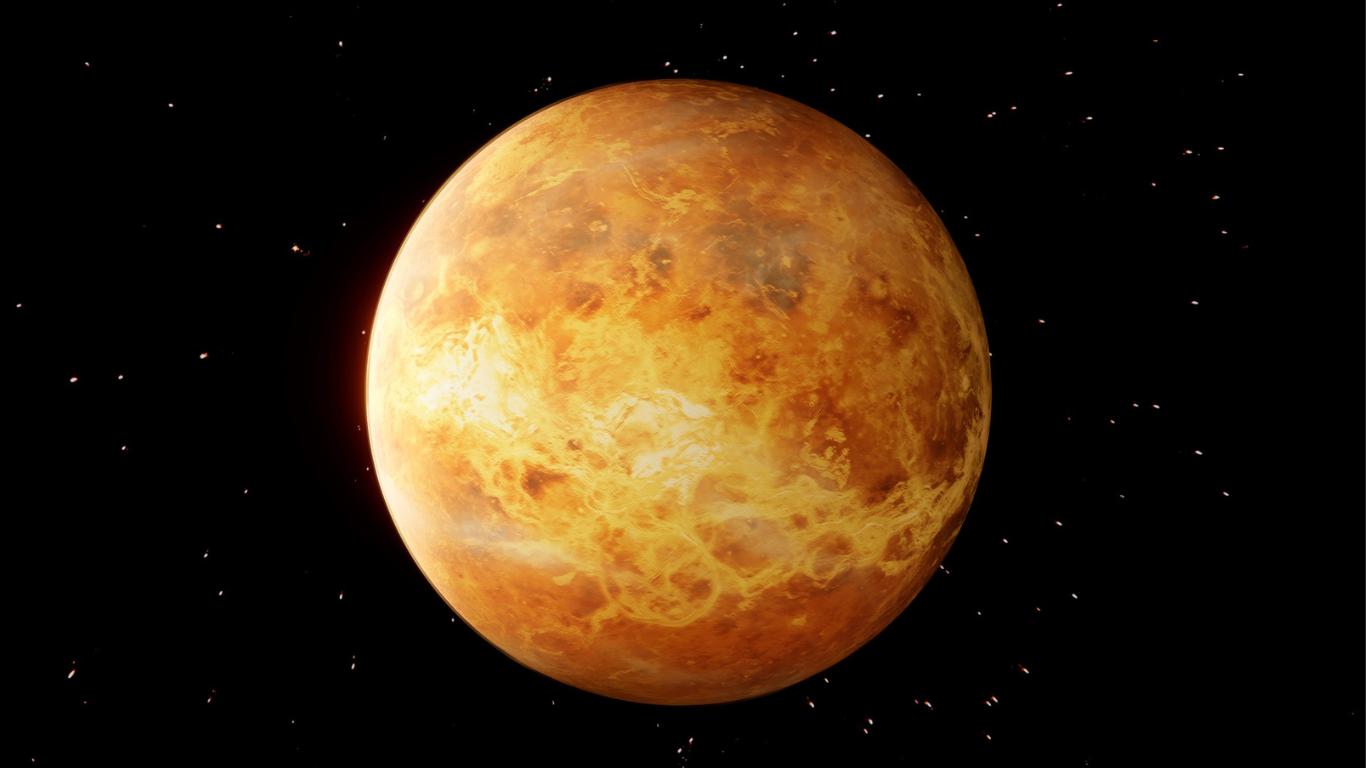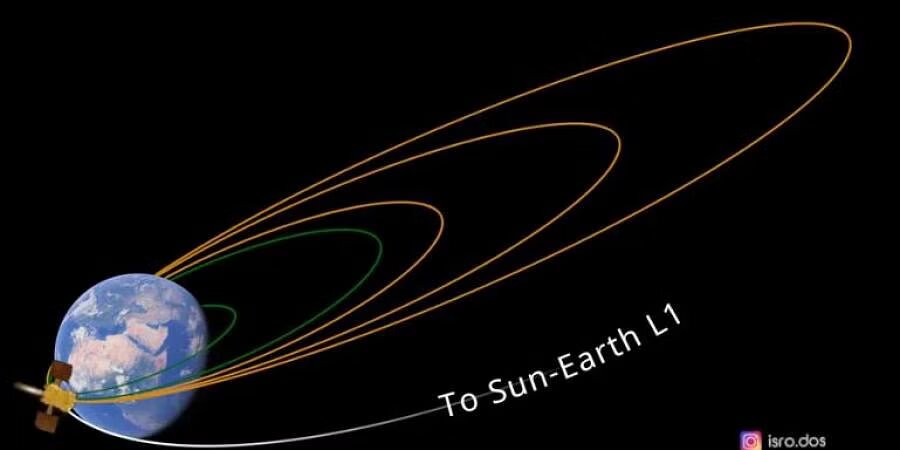










The Aditya-L1 spacecraft, which embarked on its mission to study the Sun after a successful launch, conducted its first earth-bound maneuver on Sunday. According to the latest update from the Indian Space Research Organisation (ISRO), the satellite remains in a healthy state and is operating nominally. The next maneuver is scheduled for Tuesday at 0300 hrs IST.
Shifting its focus to the next celestial endeavor following the successful lunar landing in the uncharted South Pole region, ISRO launched India’s maiden solar mission, Aditya-L1, from Sriharikota on Saturday. This spacecraft is equipped with seven distinct payloads designed for an in-depth study of the Sun. Four of these instruments will observe solar light, while the remaining three will measure in-situ parameters of plasma and magnetic fields.
Aditya-L1 is destined to orbit around Lagrangian Point 1 (L1), located 1.5 million km away from Earth in the direction of the Sun. The journey to reach this strategic position is expected to take approximately four months. Positioned at this distance, Aditya-L1 will focus on studying the outer atmosphere of the Sun.
ISRO emphasized that Aditya-L1 will not land on the Sun or approach it any closer. Its strategic location will enable continuous observation of the Sun without being obstructed by eclipses or occultations. This real-time observation capability will facilitate the study of solar activities and their impact on space weather.
India’s solar mission aims to achieve several key objectives, including studying the physics of solar corona, understanding the heating mechanism, analyzing solar wind acceleration, and investigating the dynamics of the solar atmosphere. It will also explore solar wind distribution, temperature anisotropy, and the origin of Coronal Mass Ejections (CME) and flares, contributing to a deeper understanding of space weather drivers.
In August, India made history with the successful landing of the Chandrayaan-3 lander module on the moon’s South Pole, becoming the fourth country to achieve this feat after the US, China, and Russia. The Vikram lander and Pragyan rover, part of the mission, conducted various tasks on the lunar surface, including identifying the presence of sulphur and recording temperature data during their one lunar day of operation.
ISRO recently announced that the Pragyan rover has completed its assignments and is now in a safe “sleep” mode. The rover’s battery is fully charged, and it awaits the next lunar sunrise expected on September 22, 2023, with its receiver active. ISRO expressed hope for a successful reawakening of further tasks, emphasizing that Pragyan remains India’s lunar ambassador unless reactivated.









